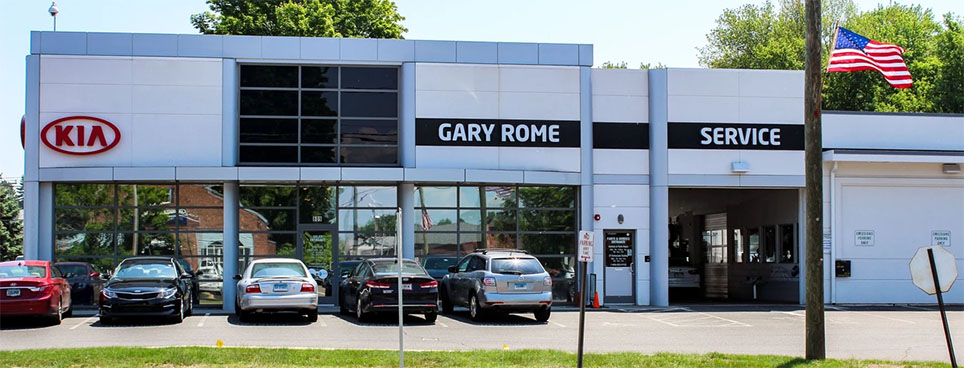The head of design for Kia and Hyundai says that the big changes to the look of each brand’s cars from one generation to the next are a necessity for both, and that continuing a slow evolutionary design path like some other automotive manufacturers would be dangerous.
Speaking to CarAdvice at the New York motor show last week, Hyundai and Kia’s group head of design, Peter Schreyer, said that the big design changes from the previous-generation Kia Sportage to the new model was done to take the design to the next level.
Asked why the new Sportage’s face is so distinctly different to its predecessor, Schreyer said: “I think the old Sportage is a pretty good-looking car, so when you do the next one, somehow do you make a successful car just by renewing it by something you hardly see, or do you really improve it so you make the next step?”
“I think it was good that we made the next step, but it still looks like a Sportage, you can still recognise it as a Sportage, and that’s the good thing about it.”
The Sportage is the first significant SUV from the group (the Sorento had a platform change with minor design changes) that has seen two generations under Schreyer’s design guide and it no doubt sets the scene as to the level of design changes we should expect from other new Schryer products.
“I think our ambitions are always high,” Schreyer said in response to whether other Kia product would see similarly significant design changes.
“It always depends on the project and I think we have the freedom to do it, and it really depends on the project. Of course we have to make some steps.”
Most interesting, however, are Schreyer’s thoughts on why Kia or Hyundai won’t merely create simple evolutionary design languages that brands such as Audi and, to a lesser extent, BMW, have followed for years.
“This kind of thing would be maybe dangerous for us to do. Especially if you look at the Korean market itself, where half the cars on the market are Hyundais and the other half are Kias. If we were do such a thing, all the cars would look the same and then [after a new generation] all the cars would still look the same, so I think we need to have a stronger differentiation.
“I think the good thing really is [that] Hyundai and Kia, they are dynamic, flexible companies. And the Koreans are very quick and demanding, so this gives us a chance to make the changes – it’s actually that they are asking for it, so I think it’s good that it kind of keeps us awake,” he said.
Schreyer was the designer of the original Audi TT and worked for the German brand in designing other models such as the A3, A4 and A6 and even the Volkswagen New Beetle. He was appointed the chief designer of Kia in 2006 before taking over design of both Kia and Hyundai brands in early 2013.
Source
Speaking to CarAdvice at the New York motor show last week, Hyundai and Kia’s group head of design, Peter Schreyer, said that the big design changes from the previous-generation Kia Sportage to the new model was done to take the design to the next level.
Asked why the new Sportage’s face is so distinctly different to its predecessor, Schreyer said: “I think the old Sportage is a pretty good-looking car, so when you do the next one, somehow do you make a successful car just by renewing it by something you hardly see, or do you really improve it so you make the next step?”
“I think it was good that we made the next step, but it still looks like a Sportage, you can still recognise it as a Sportage, and that’s the good thing about it.”
The Sportage is the first significant SUV from the group (the Sorento had a platform change with minor design changes) that has seen two generations under Schreyer’s design guide and it no doubt sets the scene as to the level of design changes we should expect from other new Schryer products.
“I think our ambitions are always high,” Schreyer said in response to whether other Kia product would see similarly significant design changes.
“It always depends on the project and I think we have the freedom to do it, and it really depends on the project. Of course we have to make some steps.”
Most interesting, however, are Schreyer’s thoughts on why Kia or Hyundai won’t merely create simple evolutionary design languages that brands such as Audi and, to a lesser extent, BMW, have followed for years.
“This kind of thing would be maybe dangerous for us to do. Especially if you look at the Korean market itself, where half the cars on the market are Hyundais and the other half are Kias. If we were do such a thing, all the cars would look the same and then [after a new generation] all the cars would still look the same, so I think we need to have a stronger differentiation.
“I think the good thing really is [that] Hyundai and Kia, they are dynamic, flexible companies. And the Koreans are very quick and demanding, so this gives us a chance to make the changes – it’s actually that they are asking for it, so I think it’s good that it kind of keeps us awake,” he said.
Schreyer was the designer of the original Audi TT and worked for the German brand in designing other models such as the A3, A4 and A6 and even the Volkswagen New Beetle. He was appointed the chief designer of Kia in 2006 before taking over design of both Kia and Hyundai brands in early 2013.
Source






























